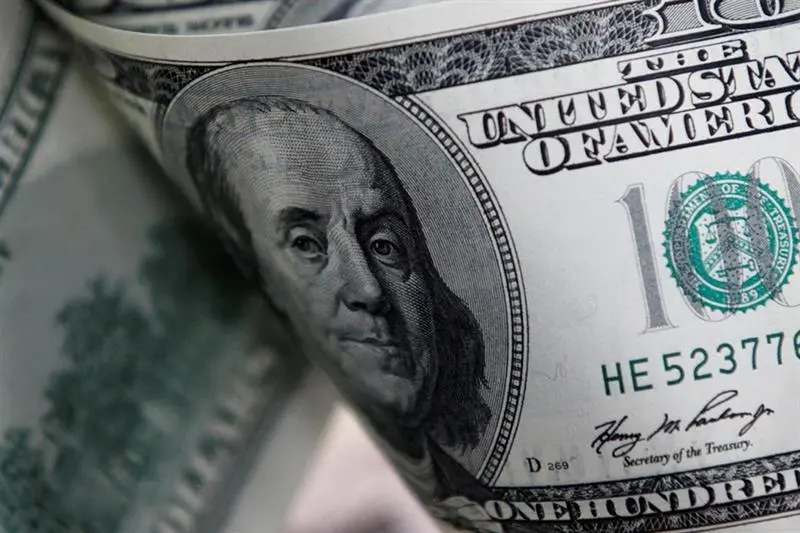On Tuesday, the U.S. dollar saw a near 1% drop against the Brazilian real as global commodity prices, like iron ore, climbed.
Investors were also reshaping their strategies, awaiting crucial economic updates from the U.S. later in the week.
The day closed with the dollar at 4.9334 reais, marking a 0.98% decline. Throughout February, it has lost 0.10%.
At 5:14 PM in Brasília, futures showed the dollar down 1.01%, at 4.9345 reais.
Throughout the day, the dollar was down. Boosts in oil and iron ore prices played a big part. These are vital for Brazil’s trade.
Iron ore for May on the Dalian Exchange ended up 1.24% at 897.5 yuan ($124.70) a ton.

This rise was due to hopes for more demand from China and possible export taxes on Indian ore.
The real also felt the impact of moves made before significant U.S. economic news. This includes the January PCE index, a key inflation measure due this Thursday.
Cleber Alessie Machado from Commcor DTVM noted, “With the Ibovespa doing well and sectors booming, the scene is set for the dollar to drop against the real.”
He added that with the dollar nearing 5.00 reais, buying enthusiasm wanes. This cautious stance today might shift if Thursday’s U.S. inflation data triggers a buying spree.
Later, the dollar’s loss widened against the real despite the dollar index’s gains globally.
Meanwhile, the dollar dipped against Latin American peers like the Chilean and Mexican pesos.
By 5:14 PM Brasília time, the dollar index was slightly up, by 0.07%, at 103.840.
The Central Bank sold all 16,000 swap contracts it offered that morning to roll over April’s maturities.
Also, the Brazilian Institute of Geography and Statistics reported a 0.78% February rise in the IPCA-15 index.
This was a jump from January’s 0.31%, pushing the 12-month rate to 4.49%, slightly over January’s 4.47%.
Dollar Falls Amid Rising Commodities and U.S. Economic Data
The IPCA-15, a preview of Brazil’s official inflation rate, was just below economist forecasts. They had expected a 0.82% monthly increase and a 4.52% annual rate.
This situation matters because it shows how global market dynamics, like commodity prices and anticipation of economic indicators, can sway currency values.
It connects the dots between international demand, monetary policy expectations, and financial market strategies while highlighting the real’s sensitivity to external pressures and domestic economic signals.

